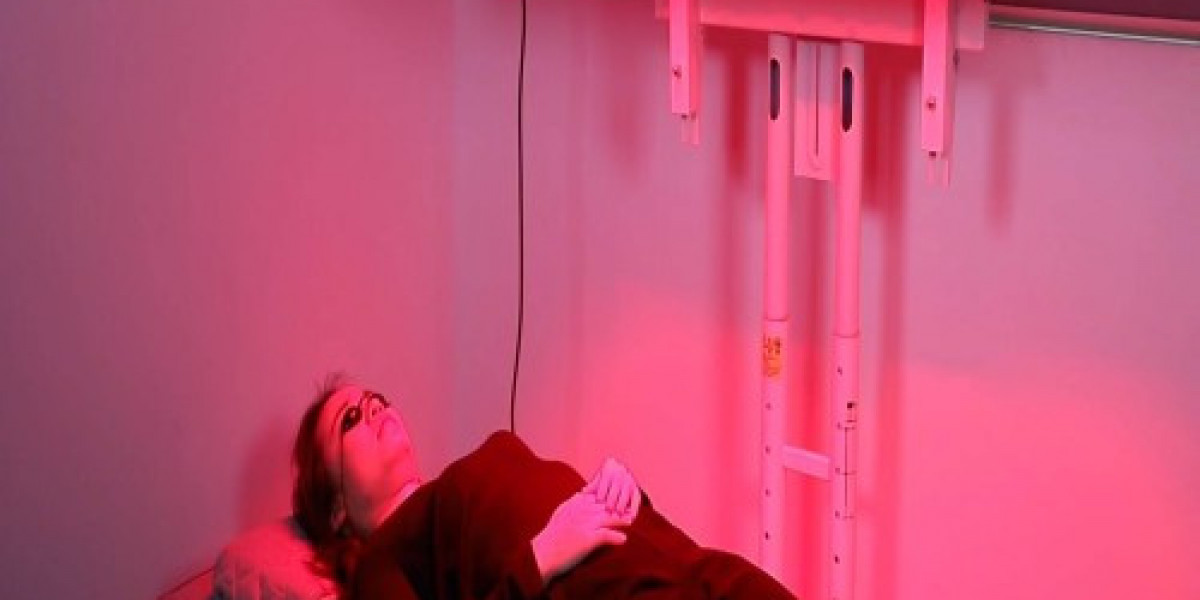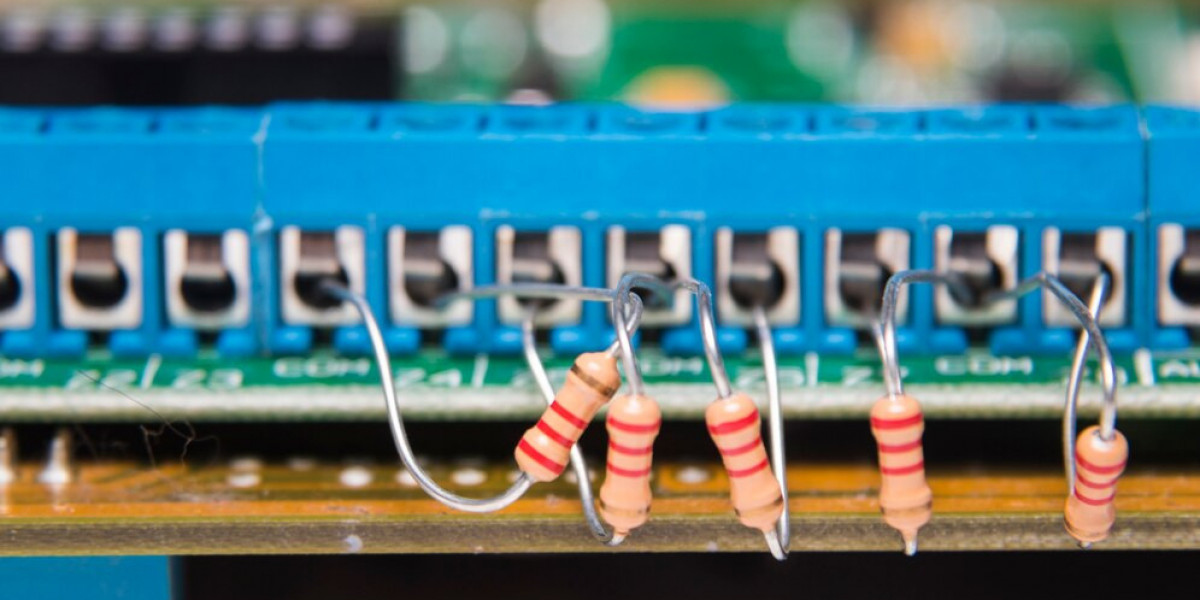What Is Red Light Therapy?
Deep Dive into the Science Behind Light Therapy
Red light therapy, also known as photobiomodulation therapy, is a treatment method that uses low-level lasers or light-emitting diodes (LEDs) to deliver red and near-infrared light to the body. The wavelengths of light used in red light therapy, between 600-1000 nanometers, are strongly absorbed by cytochrome c oxidase, an enzyme found in the mitochondria (the energy generators) of cells. Once absorbed by the enzyme, the red light photons have the ability to boost cellular energy metabolism and stimulate cellular repair pathways.
The science behind how Red Light Therapy Beds works has to do with two important concepts: photoacceptors and photobiological mechanisms. In red light therapy, the photoacceptors at the cellular level are mitochondrial chromophores like cytochrome c oxidase. When photons of red and near-infrared light are absorbed by these chromophores, they cause changes in cell signaling and gene expression through various photobiological mechanisms.
Some key photobiological mechanisms activated by red light therapy include increases in ATP production, reactive oxygen species signaling, upregulation of transcription factors, and activation of cell proliferation and tissue repair pathways. The cellular energy boost causes a cascade of anti-inflammatory and healing responses that ultimately lead to reductions in pain, swelling, and other symptoms. On a subcellular level, red light therapy has been shown to promote blood vessel generation, collagen deposition, and tissue remodeling.
Potential Health Benefits of Red Light Therapy
Pain Relief and Anti-Inflammation
Many clinical studies have found red light therapy effective in reducing pain from various conditions like arthritis, tendonitis, fibromyalgia, and muscle strains. It works through multiple mechanisms - boosting cell energy promotes tissue healing and repair, downregulating inflammation via reactive oxygen species signaling pathways, and possibly activating endogenous opioid pathways for pain relief. Repeated red light therapy sessions have provided lasting pain relief for many patients.
Skin Rejuvenation
Red and near-infrared wavelengths of light can penetrate the skin and stimulate collagen production to reduce fine lines, wrinkles, and sun damage. Red light therapy is an effective non-invasive alternative to procedures like laser resurfacing or steroid creams. Clinical trials show noticeable improvements in skin elasticity, texture, and tone after 6-12 weekly sessions. It's becoming a popular spa treatment for anti-aging.
Wound Healing
Studies show red and near-infrared light stimulates all three phases of wound healing - inflammation, proliferation of cells/tissues, and remodeling. It increases tissue oxygenation, angiogenesis, collagen deposition, and wound closure rates. Red light therapy is used to speed healing of problem wounds, surgical incisions, pressure ulcers, and other injuries.
Hair Growth
Red light activates cellular energy pathways in hair follicles to promote the growth phase of the hair cycle. Regular therapy may thicken fine hair and even reverse moderate hair loss. Researchers are investigating red light as a non-drug alternative for male and female pattern baldness. Early results are promising, but more research is still needed.
Neurological Benefits
The energy boost to mitochondria from red light may benefit areas of the brain with high metabolic needs and reduce neurological pathologies. Some early animal studies point to potential uses for conditions like traumatic brain injury, ischemic stroke, and Parkinson's disease. Human trials are exploring red light therapy for concussions, depression, and cognitive decline.
Benefits for Athletes
Red light's ability to reduce muscle inflammation, accelerate recovery from micro-tears in tissue, and boost energy helps athletes train harder and recover faster. Many pro sports teams and Olympians use red light beds or lamps between workouts and competitions to enhance performance, prevent injuries and speed healing when they occur.
How Red Light Therapy Works?
Mechanisms of Action at the Cellular Level
On a cellular level, the primary mechanisms of how red light therapy works involve photoacceptors in the mitochondrial electron transport chain absorbing photons in the red to near-infrared range. The main photoacceptor is cytochrome c oxidase, which transiently inhibits its activity when exposed to red and near-infrared light. This inhibition stimulates several downstream signaling pathways and increases cellular respiration and ATP production.
Some key things that happen after red light photon absorption in the mitochondria include:
- Increased production of reactive oxygen species (ROS), which act as messenger molecules to alter gene expression and stimulate repair pathways. Mild oxidative stress from ROS triggers antioxidant defenses and anti-inflammatory responses.
- Activation of transcription factors like NF-κB and HIF-1α. These alter gene expression involved in processes such as collagen synthesis, angiogenesis, and healing.
- Boosted cellular energy metabolism and ATP generation. The mitochondrial membrane potential increases to enhance energetic processes like calcium pumping and protein synthesis.
- Stimulation of cell proliferation through activation of mitogen-activated protein kinase (MAPK) pathways. This promotes growth of new cells to replace damaged ones.
The accumulated effects of these changes triggered by red light at the organelle, cellular, and tissue levels lead to the therapeutic benefits such as reduced inflammation, accelerated healing, increased strength, and boosted performance. No damage, infection, drugs or side effects occur in photobiomodulation therapy.
Equipment Options for Red Light Therapy
Red light therapy can be administered using different types of equipment that deliver the therapeutic wavelengths of visible and near-infrared light to the body. Here are some popular options:
- Red light therapy panels/beds: Full-body panels or cabins equipped with arrays of high-power LEDs. Provide full-body treatments. Often used professionally or at home.
- Red light therapy lamps: Desktop lamps utilizing one or more high-power LEDs in a adjustable arm. Can target specific problem areas. Portable for home use.
- Red light therapy wands: Handheld devices with a single focused red LED for spot treatments. Convenient while traveling.
- Red light masks: Visor-like masks equipped with interior LED arrays that emit light through eye and face areas. Popular for skin rejuvenation.
No matter the equipment, look for medical-grade lights emitting the optimal wavelengths between 600-1000nm with adequate power density for therapeutic benefits (5-50mW/cm2). Quality construction and components are important for safety and effectiveness. Fifteen to thirty minutes of exposure two to three times per week is commonly recommended.
The Positive Effects of Using Red Light Therapy Beds
In the red light therapy delivered via professional beds or home units harnesses the healing power of light to provide drug-free pain relief, speed recovery from injury, boost athletic performance, and more. Backed by growing scientific evidence on its cellular mechanisms and clinical applications, red light therapy may become a mainstream adjunct to traditional medical care for many common conditions. For those seeking alternative therapies, regular use of a
Get This Report in Japanese Language: 赤色光治療ベッド
Get This Report in Korean Language: 레드 라이트 테라피 침대
About Author:
Priya Pandey is a dynamic and passionate editor with over three years of expertise in content editing and proofreading. Holding a bachelor's degree in biotechnology, Priya has a knack for making the content engaging. Her diverse portfolio includes editing documents across different industries, including food and beverages, information and technology, healthcare, chemical and materials, etc. Priya's meticulous attention to detail and commitment to excellence make her an invaluable asset in the world of content creation and refinement. (LinkedIn- https://www.linkedin.com/in/priya-pandey-8417a8173/)








